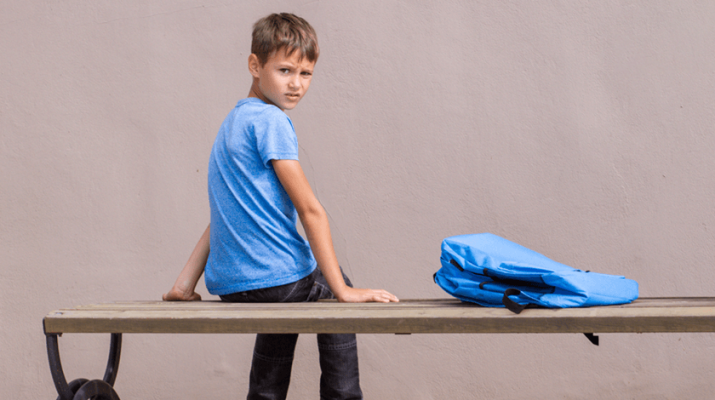A new academic year is always a challenge for some on the autism spectrum. But parents can take some steps to reduce the problem
By Deborah Jeanne Sergeant
For some children on the autism spectrum, the change from summertime to school time represents a challenging ordeal.
In general, children on the autism spectrum tend to rely upon predictability to feel more comfortable. New teachers, classmates, classrooms, books and more — all at once — can cause a good deal of distress for some.
Will Sullivan, Ph.D., assistant professor and licensed psychologist in pediatrics at Upstate Medical University, advises parents of children on the spectrum to plan ahead for a smoother transition as they head back to school.
“The first thing that parents should do is prepare their child for the upcoming transition back to school by making it as predictable as possible,” Sullivan said.
This could include getting to bed and rising in the morning at the same times as if school were in session, which can be helpful, so once school does start, they’re already on the right schedule — and well rested.
“It may also help mark a count-down on a calendar until school starts so children understand what’s happening,” Sullivan said. “They can better visualize the upcoming school year as they mark off one day closer to school.”
He added that talking about going back to school and reviewing transitions with a visual schedule can help them know what’s to come. Children could practice reading and writing at a desk, eating from a lunchbox or other activities they will do at school.
Parents may also want to talk with their children about what-if scenarios, such as what they would do in case of a fire drill, a missed bus or a forgotten lunchbox.
Buying all the school supplies and clothing well in advance can take the pressure off the week of school. Plus, children will be able to become more accustomed to their new things before school starts.
A few times before school begins, it may help to take a tour of the building, walking around to the classrooms, lunchroom and bus pick-up and drop-off points.
“Introduce your child to the teacher and bus driver,” Sullivan said. “Ensure that your child’s school team has a clear plan in place for your child the moment they step foot back into the school building.”
Recording the tour can help familiarize children before the first day. Make note of their bus number can help ensure they don’t miss their rides. Meeting new school personnel in advance or obtaining photos of them is also positive.
It may also ease the adjustment to avoid planning anything in the evening for the first few weeks of school so children can get more rest.
Springing surprises on children — especially at an already stressful event such as going back to school — can only ramp up their anxiety even more. Especially for children beginning school or attending a new school, it may help to practice at home.
“Get your child used to the sorts of activities and expectations that will be placed on them at school,” Sullivan said. “For example, role-play with your child about what they will experience in the school setting so that the child is prepared and knows what to expect.”
It’s also helpful to ensure adults populating the school day know the needs of the children on the autism spectrum.
Leah Phaneuf, part of the clinical programs at The Kelberman Center located in Syracuse, advises putting together a sheet of pertinent information on the child.
“Even if this information is already included on an IEP [individualized educational plan], it is helpful for teachers to have a ‘cheat sheet’ summarizing interests and needs,” Phaneuf said.
She added that the sheet could include favorite foods, activities, toys or other items; mealtime and toileting procedures; supportive behavior systems; communication abilities and needs; allergies; and “any additional information that would help others understand how best to support your child.”
Ideally, parents should provide the information sheet to teachers and providers through email before school starts and send a copy along for the first day of school.
She also thinks that using checklists, calendars and role playing the regular activities of school can help.
Parental response to the back-to-school period also matters, so if parents worry about what their children will face, their children can pick up on that anxiety. Remaining calm can help foster a sense of calm in their children.

